In a recent presentation to the Australian Institute of Traffic Planning and Management, I, alongside Supun Perera from the Institute of Transport and Logistics Studies at the University of Sydney, explored the significant impact of waste management on urban design and density.
Our discussion stemmed from our shared experiences as development professionals, where we often find ourselves dedicating substantial time to perfecting waste collection provisions.
Our work across various sites—brownfield and greenfield, high and low density, residential and commercial—has highlighted a recurring frustration: overdesigning for waste collection. This overdesign often results in lost opportunities for creating high-quality green spaces, reducing density, and enhancing amenity, sustainability, and biodiversity. These missed opportunities are challenging to recover after the fact.
Re-evaluating the efficiency of waste collection design
To quantify this issue, I conducted an exercise to estimate the proportion of time our waste collection designs are utilised. Using conservative estimates based on waste collection policies and median collection durations in high-density apartments, I found that these designs are used only 0.255% of the week.
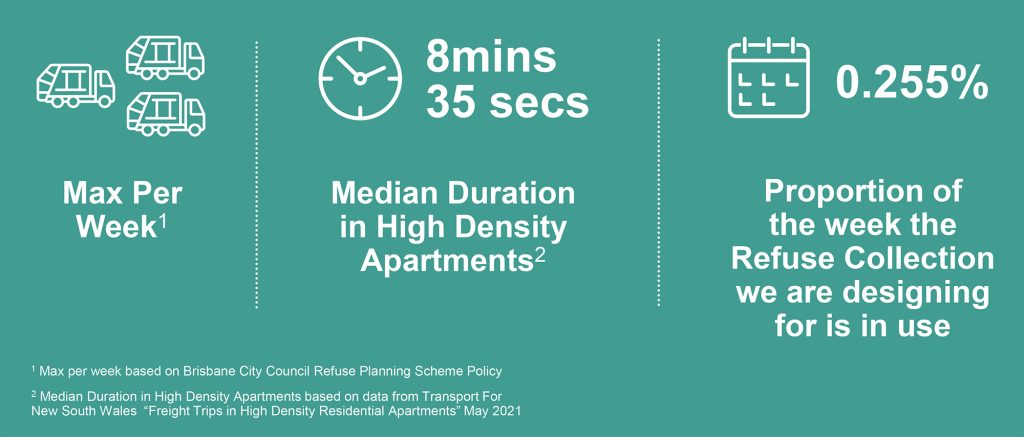
Waste collection is undeniably a crucial service, often regarded as the most important service provided by local authorities. You only need look at how quickly waste collection industrial relations disputes get resolved around the world to realise this. But we get ourselves into a situation where we create conservative, one-size-fits-all solutions that provide wide expanses of concrete at the expense of other amenities.
The hidden costs of conventional waste management strategies
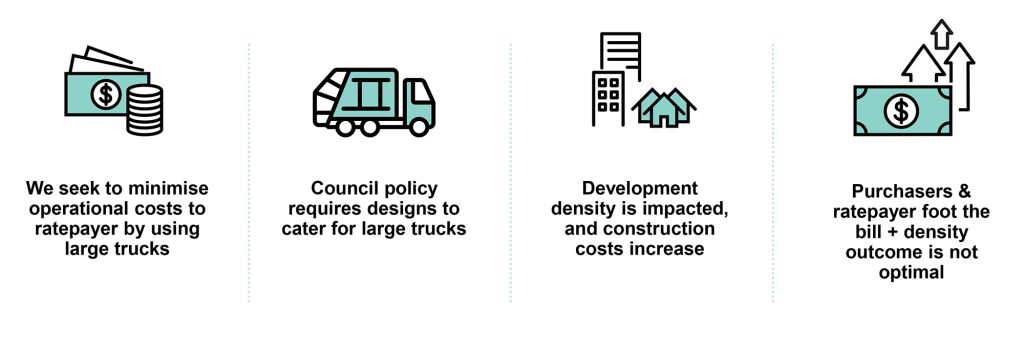
Innovative approaches to waste management in urban design
Approach 1: Increase Flexibility for Waste Collection Activities
In some jurisdictions, councils allow private waste contractors to service residential developments with smaller vehicles while still collecting a levy. Exploring legislative changes to use this levy to pay for smaller trucks from private waste contractors to collect waste, this could unlock increased density and enhance the viability of affordable and social housing schemes.
Approach 2: More Variability in the Waste Fleet
Standardising waste collection vehicles to 10-11m long trucks, regardless of site conditions, can negatively impact site amenity and density. Local authorities investing in a diverse fleet to accommodate different vehicle types could mitigate these issues.
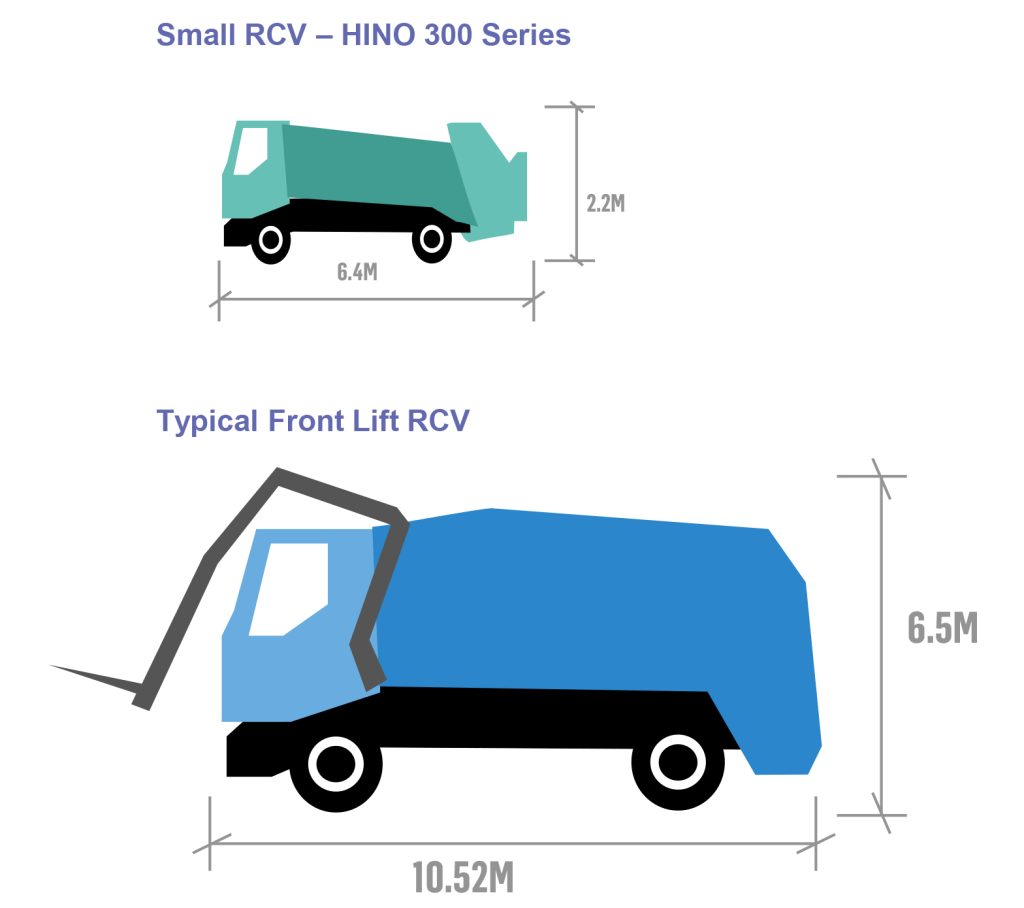
Approach 3: Local Transfer Stations
Smaller refuse collection vehicles may require more frequent trips to unload waste. Creating central transfer stations could streamline this process, allowing larger vehicles to transport waste in bulk to landfills or recycling plants.

Approach 4: Better Kerbside Use
Kerbside uses can be flexible, adapting to different needs throughout the day. For example, a bus lane during peak hours could serve as a loading or refuse collection zone during off-peak times.
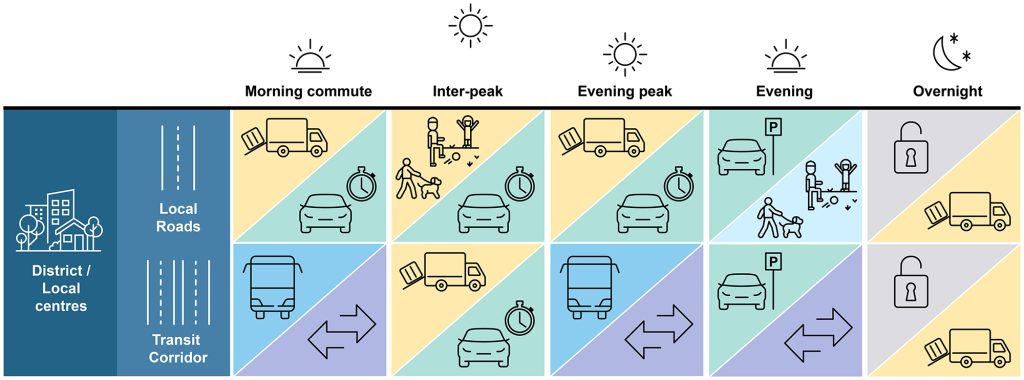
Approach 5: Pneumatic Networks
In new high-density precincts, pneumatic waste collection networks can transport waste via underground vacuum tubes to central collection points, freeing up ground space for other amenities. While this sounds futuristics there are already Australian examples of this and it it used across the world.
Approach 6: More Flexible Street Design
Prescriptive design standards often lead to overdesign with carriageways being wider than needed. Implementing practical solutions, such as parking restrictions, tow-away zones, and simply giving way to others, can address potential issues without compromising design flexibility.
Approach 7: National Data Base of Waste Generation
A consistent, independent database of waste generation rates across Australia would help designers create more efficient and reliable waste management plans.
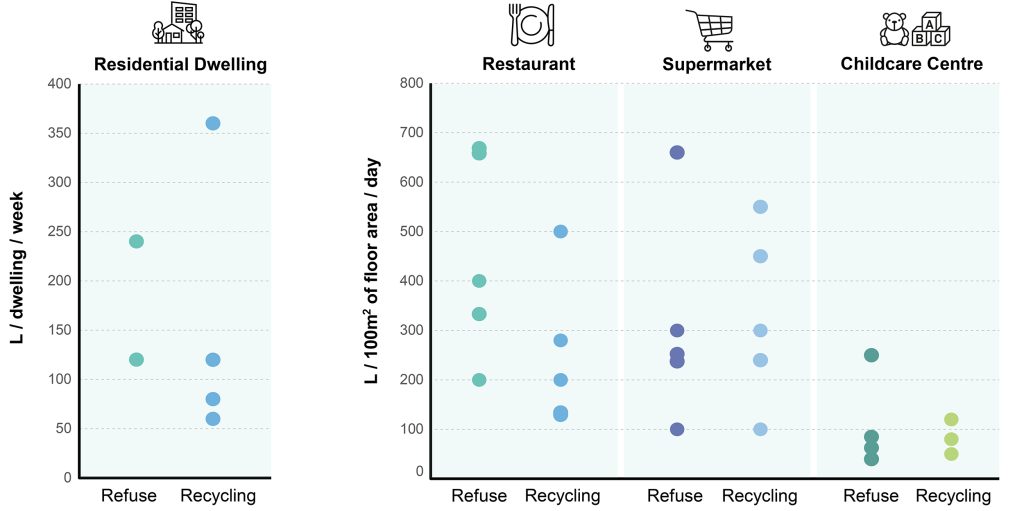
Approach 8: Neighbourhood Scale Collection points
Communal collection points, integrated into the urban landscape, can provide a tidy and efficient waste management solution for higher density neighbourhoods.
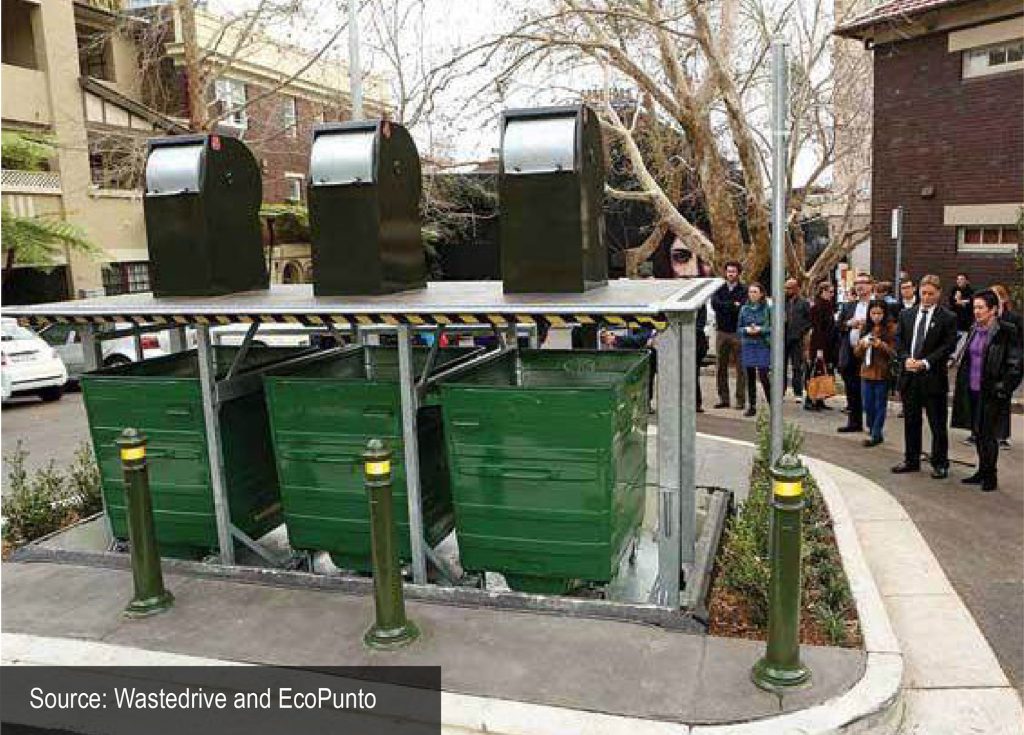
The conclusion?
While there is no one-size-fits-all solution, we must consider the following when planning for waste:
- Solutions should be flexible and context-dependent.
- Trade-offs and long-term impacts must be identified.
- Policy mechanisms should support alternative collection methods.
- Decentralised collection options and underground systems can be viable in dense urban areas.
- Nationally consistent waste generation rates are essential for informed planning.
- Early engagement and collaboration between stakeholders are crucial for achieving balanced solutions in precinct-scale developments.
By rethinking our approach to waste management, we can create urban environments that are not only efficient but also vibrant and sustainable.
Reach out to Andy Johnston and our National Transport Advisory team if you’d like to find out more.
